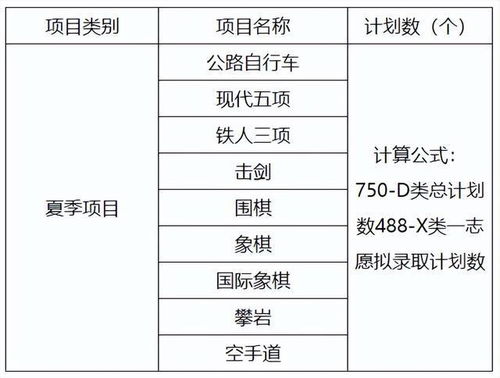University sports rehabilitation programs play a pivotal role in ensuring the physical health and wellbeing of athletes. These programs integrate various aspects of sports medicine, physical therapy, and exercise science to optimize athletes' recovery from injuries and enhance their performance. In this comprehensive summary, we delve into the key components, methodologies, and benefits of university sports rehabilitation programs.
Effective rehabilitation begins with a thorough assessment and evaluation of the athlete's condition. This typically involves:
Comprehensive medical history review
Physical examination to identify areas of weakness or imbalance
Functional movement assessment to pinpoint specific deficits
Diagnostic imaging (if necessary) to assess the extent of injury
Based on the assessment findings, individualized treatment plans are developed to address the athlete's unique needs and goals. These plans may include:
Specific exercises to improve strength, flexibility, and mobility
Manual therapy techniques such as massage or joint mobilization
Modalities like ultrasound or electrical stimulation for pain relief
Sportspecific drills to simulate game situations and facilitate return to play
Rehabilitation programs typically follow a progressive protocol, starting with basic exercises and gradually advancing as the athlete's condition improves. Key principles include:
Gradual loading to avoid overexertion and minimize risk of reinjury
Periodic reassessment to track progress and adjust treatment accordingly
Integration of sportspecific activities to transition athletes back to competition safely
University sports rehabilitation programs often involve collaboration among various healthcare professionals, including:
Sports medicine physicians for medical oversight and diagnosis
Physical therapists for handson treatment and exercise prescription
Athletic trainers for onfield management and injury prevention
Strength and conditioning coaches for performance enhancement and injury prevention
An integral component of sports rehabilitation is educating athletes about their injuries and empowering them with preventive strategies. This may include:
Teaching proper body mechanics and techniques to reduce injury risk
Providing guidance on nutrition, hydration, and sleep for optimal recovery
Implementing prehabilitation exercises to address potential weaknesses and imbalances before they lead to injury
Injuries can take a toll not only on the body but also on the athlete's mental wellbeing. University sports rehabilitation programs may offer psychological support services, such as:
Counseling to help athletes cope with the psychological impact of injury
Stress management techniques to reduce anxiety and enhance resilience
Goal setting and visualization exercises to maintain motivation during the rehabilitation process
While the primary goal of sports rehabilitation is injury recovery, it also presents an opportunity for performance enhancement. Rehabilitation programs may incorporate:
Functional movement screening to identify biomechanical inefficiencies
Corrective exercises to address movement dysfunctions and improve performance

Plyometric training and agility drills to enhance speed, power, and agility on the field
University sports rehabilitation programs play a crucial role in optimizing athletes' health, performance, and longevity in their respective sports. By integrating evidencebased practices, individualized treatment plans, and multidisciplinary collaboration, these programs facilitate safe and effective return to play while minimizing the risk of reinjury. Moreover, they empower athletes with the knowledge and tools to prevent injuries, enhance performance, and thrive both on and off the field.